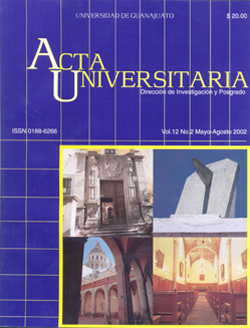Sistemática Filogeográfica y sus Aplicaciones a la Evolución y Conservación de los Bosques de Coníferas en México: El Caso de Pinus montezumae y P. pseudostrobus
Published 2002-08-01
Keywords
- Pinus,
- filogeografía,
- hibridación,
- especiación,
- conservación.
- Pinus,
- phylogeography,
- hibridization,
- speciation,
- conservation.
How to Cite
Abstract
Gene or haplotype analysis has revolutionized during the last decade the study of the population structure in populations. Presently, we can not only study the amount of genetic variation in a population but we can also infer the historical processes that are responsible for the observed genetic structure. This approach is supported by coalescence theory that studies gene and haplotype patterns of divergence under different assumptions not only related to population genetics but also with historical population demography. These innovations to the study of population structure have impact on at least two areas of evolutionary biology. The first one has to do with conservation aspects of regions where the studied species grow by producing conservation strategies as consequence of the historical processes that have affected populations. The second one is related to a species concept that takes into account these historical processes. In this work we present the results of an analysis that we have started in order to generate a conservation strategy of conifer forests in Mexico using as a model the species complex formed by P. montezumae and P. pseudostrobus. Our results show that fragmentation patterns, isolation by distance and events of range expansion have occurred in these species. They also show that introgresive hybridization is playing an important role on maintaining the structure seen particularly because it is asymmetric being more important from P. montezumae to P. pseudostrobus than from P. pseudostrobus to P. montezumae.

